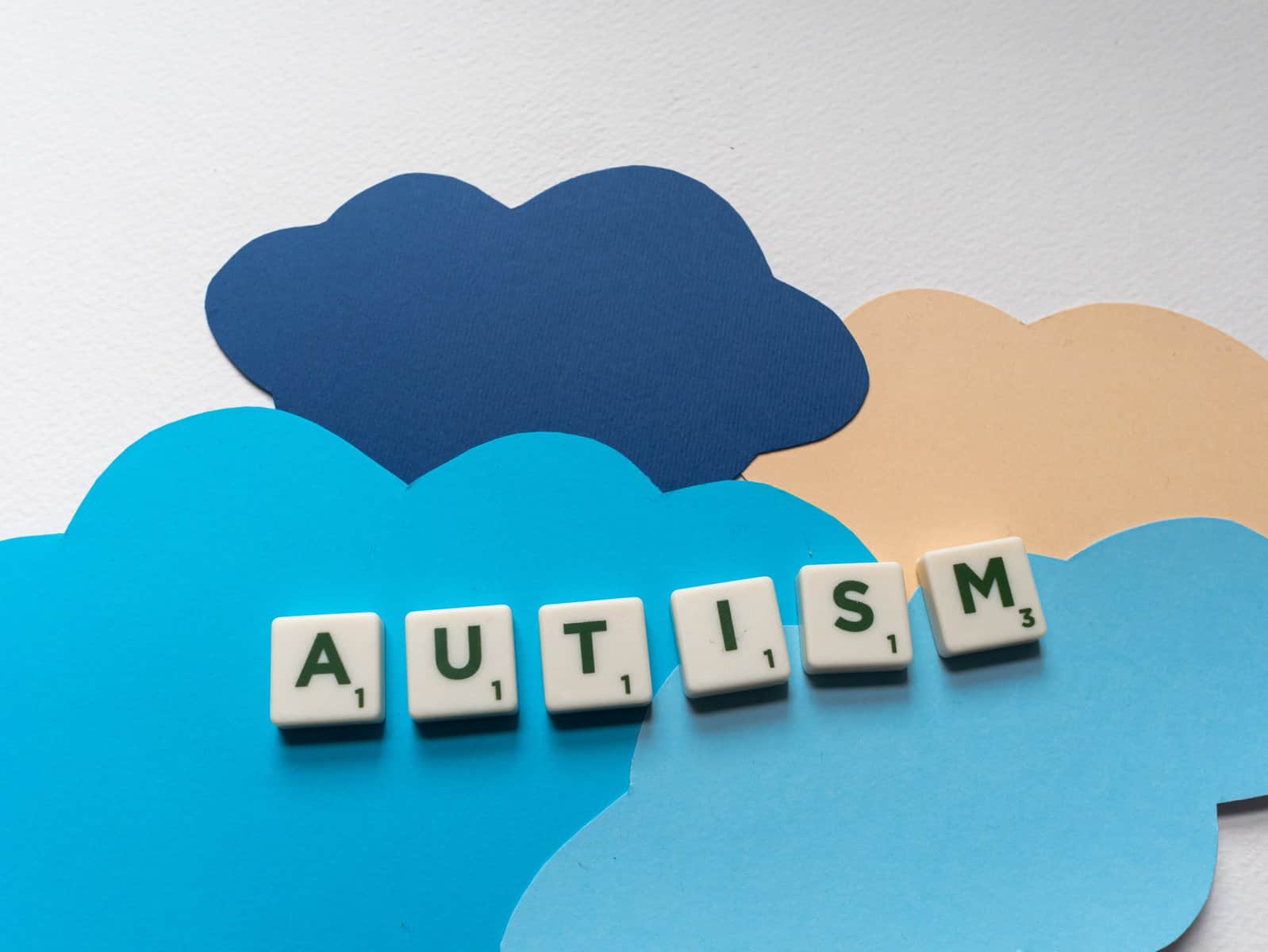How to Accept and Embrace Autism in Your Life
Every person is unique in their own way, and this includes those who are diagnosed with autism. Autism is a spectrum disorder that affects how people perceive and interact with the world around them. For some, it can be difficult to embrace the uniqueness that comes along with autism, but for others, it can be a blessing. Some of the world’s most famous and successful people have been diagnosed with autism, including Academy Award-winning actor Anthony Hopkins and billionaire Tesla CEO Elon Musk. There are many ways to embrace autism, and each person’s journey is different. Here are just a few tips on how to embrace autism in your life.
Learn more: What Is Autism Spectrum Disorder?
What Is Autism
Autism is a neurological condition that affects the way individuals communicate, interact, and process information. Autism spectrum disorder (ASD) is a complex developmental disability that can cause difficulties in social interaction, communication, and behavior.
While autism is not curable, early intervention and acceptance of the diagnosis are crucial and can make a huge impact on the individual’s development. It’s important to embrace autism and embrace the individual, as each person with autism has unique strengths and weaknesses. With the right support and understanding, individuals with autism can live meaningful lives with a sense of purpose and fulfillment.
What Are the Signs of Autism
There is no one-size-fits-all list of symptoms for diagnosing autism, but there are certain behaviors that can indicate a person may be on the spectrum. Common indicators include difficulty with communication and social interaction, such as lack of eye contact, difficulty in conversations, lack of response to their name being called or not responding appropriately to social cues. Other signs may include excessive repetition of words or phrases, repeated body movements such as rocking or hand flapping, and difficulties with changes in routine.

Do People Experience Autism Differently
Everyone with autism experiences the condition somewhat differently. Differences in communication and behavior can range from mild to severe, and vary greatly from person to person. Individuals may exhibit repetitive behaviors such as pacing back and forth, have difficulty understanding social cues and nonverbal communication, and experience sensory issues such as extreme sensitivity to bright lights, loud noises, and certain textures of food. Some autistic people may also have difficulties with abstract thinking, fine motor skills, and maintaining eye contact. Other autistic people may score extremely high on IQ tests but may have limited social skills and experience difficulty picking up on social cues.
How Is Autism Diagnosed
To diagnose an autism spectrum disorder, professionals use observations and interviews to determine if a person displays behaviors associated with the condition. Diagnosis is made by professionals, such as a psychologist, psychiatrist, or neurologist. These clinicians may observe and assess behavior, use diagnostic instruments and tests to measure skills in communication and social understanding, address any other possible explanations for the behaviors, and make a diagnosis. It’s important to remember that autism is a spectrum disorder, and each person experiences symptoms differently. The Diagnostic and Statistical Manual of Mental Disorders, Fifth Edition (DSM-5) provides three levels of severity (Levels 1-3) for autism spectrum disorder diagnoses.
What Treatments Are Available for Autism
There is no single treatment or “cure” for autism, but there are various interventions that can help individuals manage the symptoms of autism. These interventions can include therapies such as speech and language, occupational therapy, or Applied Behavior Analysis (ABA) (or all of the above) to help improve communication and behavior. Additionally, medications may be used to address conditions that often accompany autism, such as attention-deficit/hyperactivity disorder (ADHD), anxiety, depression, or sleep disturbances. Medications can also assist with aggressive behavior that sometimes accompanies autism diagnoses. Ultimately, the goal of treatment is to help the individual function better in everyday life and reach his or her highest potential.

How To Accept Your Diagnosis and Embrace Autism
1. Take some time to process your emotions
It’s normal to experience a variety of emotions when you get an autism diagnosis, including shock, denial, sadness, anger, and guilt. Allow yourself the time and space you need to work through these feelings in order to fully accept your diagnosis.
2. Educate yourself
Learning more about autism can help you better understand yourself, your diagnosis, and how you can best manage it. Many helpful resources are available online. Consider talking to other people with an autism diagnosis for insight into their personal experiences. There are many books and resources online that provide information about autism as well as in-person and online support groups.
3. Connect with others on the spectrum
Joining a support group or connecting with peers who also have an autism diagnosis can be incredibly beneficial. It’s important to have people around you who understand what you’re going through and can provide you with emotional support. These individuals know what it’s like to be in your shoes and will be able to relate to the struggles that you have been through. They can also share firsthand knowledge of treatments and resources that have and have not worked for them.
4. Develop coping strategies
Finding ways to cope with your autism is essential for managing the condition and maintaining a healthy lifestyle. Consider trying mindfulness, meditation, art therapy, or any other activities that are helpful in calming and regulating your emotions.
5. Celebrate your unique qualities
Just because you have an autism diagnosis doesn’t mean that you can’t find positive aspects of yourself to appreciate and celebrate. You may also possess a variety of talents and strengths, such as being highly creative or having an excellent memory. There are many stories of individuals with autism that lead incredibly successful lives, from the business world to Hollywood. Focus on your unique qualities and use them to your advantage!
6. Seek professional help
If you’re having difficulty accepting your diagnosis, don’t hesitate to reach out for professional assistance. A therapist or psychologist can provide useful resources and advice to help you cope with the news in a healthy way.
Many individuals with autism struggle with speech and language difficulties, but a speech and language pathologist can help. ABA therapy is commonly used to treat behaviors related to autism, while occupational therapy can be helpful for those with motor skill issues.

How To Accept and Embrace Autism in a Loved One
Accepting autism in a loved one can require a great deal of understanding, patience, empathy, and acceptance. It’s important to remember that individuals with autism are unique and should be accepted as they are. Here are some tips for accepting autism in a loved one:
1. Educate yourself
Learn as much as you can about autism, its causes, and the various treatments available. While there is no “cure” for autism, individuals with autism can lead fulfilling lives if they receive proper support and understanding.
2. Talk to your loved one openly and honestly about their diagnosis
It’s important to be supportive and understanding without being patronizing or judgmental. Additionally, empathy for your loved one is crucial.
3. Respect your loved one’s differences
Remember that individuals with autism may think and process information differently than other individuals, but this does not make them less intelligent or valuable as people. Educating yourself will help you to understand them better.
4. Understand the importance of routine
Many individuals with autism need structure and consistency to feel safe and secure. Try to be flexible when possible, but also embrace the importance of a regular routine.
5. Find ways to embrace autistic traits and talents
Look for opportunities to celebrate unique skills or interests that your loved one has due to their autism, such as a talent for music, art, or mathematics.
6. Connect with other families who are living with autism
Find support groups in your local community and join online forums where you can connect with people who understand what you’re going through and offer advice. This can be incredibly helpful to know that you are not alone and you can also gain valuable information from others in a similar situation regarding services or treatments that they have found helpful.
Accepting autism in a loved one can be difficult and challenging, but it’s also an important part of providing the best care and support for them. By taking the time to understand autism, embrace its unique traits, and connect with other families going through similar experiences, you can help create a loving and supportive environment for your loved one. With patience, understanding, and acceptance you can embrace autism in your loved one and help them lead a fulfilling life.
Conclusion
Living with autism can be difficult, but it is possible to embrace the diagnosis and live a fulfilling life. This article has outlined several tips for accepting and living with an autism diagnosis. By taking the time to process your emotions, educating yourself about autism, connecting with others on the spectrum, developing coping strategies, celebrating your unique qualities, and seeking professional help if needed, you can learn to accept and embrace your own autism diagnosis. With patience and understanding, you can live an empowered life despite your diagnosis.

